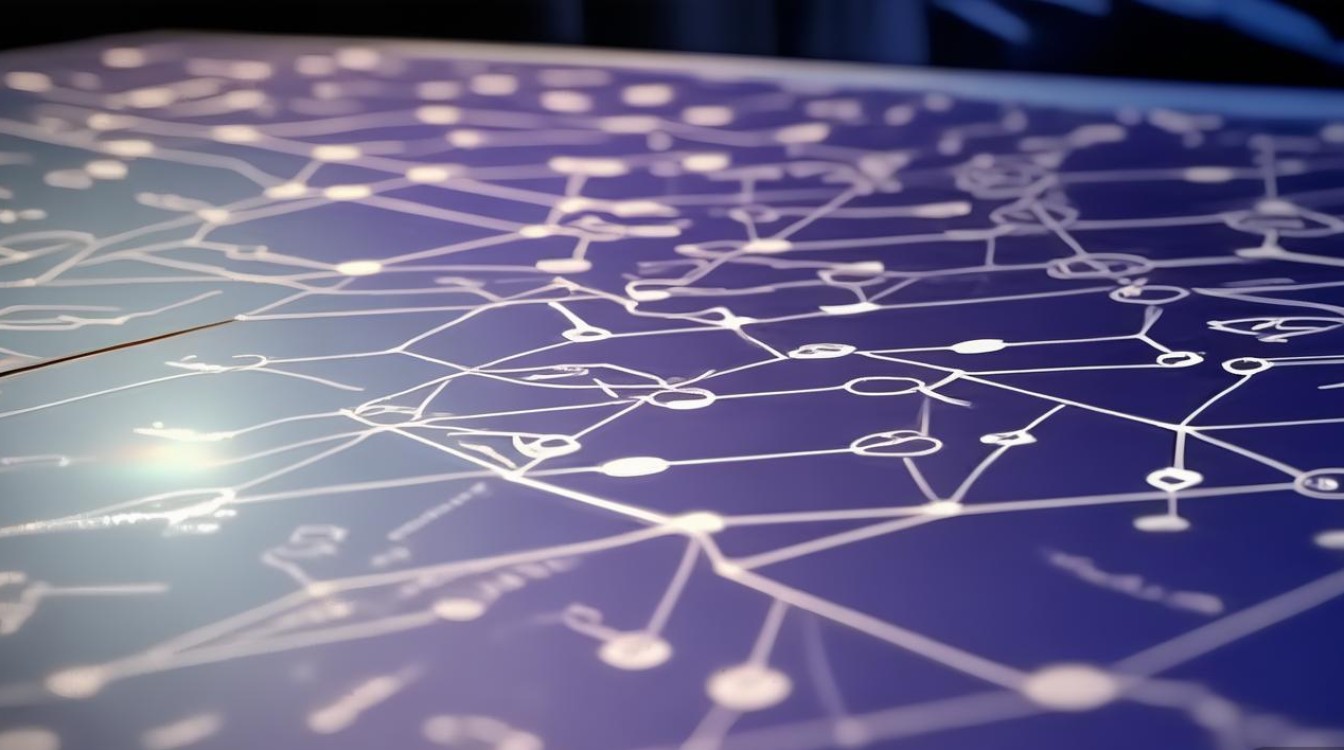逻辑思维导论:清晰思考的指南
第一部分:什么是逻辑思维?
定义: 逻辑思维是一种基于理性、证据和规则的思考方式,它要求我们:

- 清晰:准确地定义概念,避免歧义。
- 一致:在思考过程中不产生自相矛盾的结论。
- 相关:围绕核心问题展开,不偏离主题。
- 有据:结论建立在可靠的证据和合理的推理之上。
核心目的: 逻辑思维的核心目的是区分“好”的论证和“坏”的论证,从而提高我们:
- 决策质量:做出更明智、更少后悔的选择。
- 说服能力:清晰、有力地表达自己的观点。
- 批判性思维:识别和抵御他人的谬误与操纵。
- 问题解决能力:系统性地分析问题并找到解决方案。
第二部分:逻辑思维的四大基本原则
逻辑思维建立在几个不可动摇的基石之上。
-
同一律
- 一个事物在同一时间、同一关系下,是什么就是什么,不能是A又是非A。
- 应用:确保讨论的概念清晰且前后一致,如果在一场辩论中,“自由”的定义中途改变,那么讨论就失去了意义。
- 反面:偷换概念或混淆概念。
-
矛盾律
- 两个互相矛盾的命题不能同时为真,一个命题(A)和它的否定命题(非A)不能同真,必有一假。
- 应用:这是检测自相矛盾的根本原则,如果你说“我所有的话都是假的”,这句话本身就是一个悖论。
- 反面:自相矛盾。
-
排中律
- 两个互相矛盾的命题,不能同时为假,必有一真,一个命题(A)和它的否定命题(非A)之间没有第三种可能性。
- 应用:要求我们在面对非此即彼的问题时,做出明确的判断,不能含糊其辞(“模棱两可”)。“这个物体是圆的”和“这个物体不是圆的”,必有一个是真的。
- 反面:模棱两可。
-
充足理由律
- 任何事物之所以如此,都有其充足的理由,一个判断被确定为真,必须有充分的根据。
- 应用:这是所有论证和科学探究的基础,你不能说“我相信这个,因为我感觉如此”,而需要提供证据来支撑你的信念。
- 反面:诉诸情感、权威或无知等谬误。
第三部分:逻辑推理的两大类型
逻辑推理是从一个或多个已知判断(前提)出发,引出一个新判断(的思维过程。
A. 演绎推理
-
特点:从一般到特殊,如果前提为真,则结论必然为真,它是一种保真性推理。
-
核心:有效性 vs. 真实性
- 有效性:指推理形式是否正确,只要形式正确,即使前提是假的,推理也是有效的。
- 真实性:指前提内容是否符合事实。
-
例子:
- 前提1:所有人都会死。
- 前提2:苏格拉底是人。
- 苏格拉底会死。
- 这是一个有效的推理,且前提真实,因此结论真实。
-
常见形式:
- 三段论:如上例。
- 假言推理:如果P,那么Q,P,所以Q。
- 选言推理:要么P,要么Q,非P,所以Q。
B. 归纳推理
-
特点:从特殊到一般,根据观察到的具体实例,总结出一个普遍性的结论,结论是或然的(很可能为真),而非必然。
-
核心:结论的可靠性取决于样本的数量、代表性和多样性。
-
例子:
- 观察1:我见过的第一只天鹅是白色的。
- 观察2:我见过的第二只天鹅是白色的。
- 观察1000:我见过的第一千只天鹅是白色的。
- 所有天鹅都是白色的。
- 这是一个归纳推理,结论很可能为真,但并非绝对(后来发现了黑天鹅)。
-
常见形式:
- 枚举归纳:通过枚举事例得出结论。
- 类比推理:A事物具有属性a, b, c, d;B事物具有属性a, b, c;所以B事物也可能具有属性d。(可靠性取决于相似点的相关性)
- 因果推理:从结果推断原因,或从原因推断结果。
第四部分:论证的结构与谬误识别
一个完整的论证由三个部分组成:
- 前提:支持结论的理由或证据。
- 你想要证明的观点。
- 推理过程:连接前提和结论的逻辑链条。
如何分析一个论证?
- 识别结论:通常在“、“、“由此可见”、“结论是”等词语之后。
- 找出前提:通常在“因为”、“由于”、“理由是”等词语之后。
- 评估推理:前提是否能充分支持推理过程是否有效?
常见的逻辑谬误
谬误是看似有理,但实际无效的推理,识别它们是批判性思维的关键。
| 谬误类型 | 中文名 | 解释 | 例子 |
|---|---|---|---|
| 形式谬误 | - | 推理结构本身错误。 | 所有人都会死,苏格拉底会死,苏格拉底是人。(结构错误) |
| 非形式谬误 | - | 推理结构看似正确,但前提与结论的内容关联有问题。 | - |
| - | 人身攻击 | 攻击提出论点的人,而非论点本身。 | “他的观点不可信,因为他有犯罪前科。” |
| - | 稻草人谬误 | 歪曲、夸大或弱化对方的观点,然后攻击这个被歪曲的观点。 | “他想提高税收,他就是一个想从你口袋里掏钱的社会主义者!” |
| - | 滑坡谬误 | 声称一个微小的第一步会不可避免地导致一系列连锁反应,最终导致灾难性后果。 | “如果我们允许学生戴耳机,下一步他们就会在课堂上玩手机,最终学校会彻底失控。” |
| - | 虚假两难 | 将问题简化为只有两个选项,而实际上存在更多可能。 | “你要么支持我们,就是我们的敌人。” |
| - | 诉诸情感 | 用煽动性的情感(如恐惧、同情、爱国主义)代替理性论证。 | “请买我们的狗粮,难道你忍心看着小狗挨饿吗?” |
| - | 诉诸权威 | 认为某个领域的权威在任何问题上都是正确的,或权威的话就是证据。 | “爱因斯坦相信上帝,所以上帝一定存在。”(爱因斯坦是物理学家,不是神学家) |
| - | 诉诸大众 | 认为多数人相信的就是对的。 | “大家都这么做,所以肯定是对的。” |
| - | 循环论证 | 结论已经暗含在前提中,用结论来证明结论。 | “《圣经》是神的话语,因为《圣经》自己是这么说的。” |
| - | 错误归因 | 仅因为两件事先后发生或同时发生,就断定有因果关系。 | “公鸡一打鸣,太阳就出来了,所以是公鸡把太阳叫出来的。” |
第五部分:如何培养逻辑思维?
逻辑思维是一种可以通过刻意练习来提升的技能。
- 多问“为什么”和“怎么样”:对任何信息都保持好奇心,探究其背后的原因和逻辑链条。
- 练习结构化表达:尝试用“因为A,所以B”的句式来表达自己的观点,写作是极好的训练方式。
- 学习形式逻辑:了解基本的逻辑符号和规则(如真值表、三段论),这能让你更精确地分析问题。
- 主动寻找并分析谬误:在新闻、社交媒体、广告和日常对话中,有意识地寻找逻辑谬误,并分析其问题所在。
- 接触不同观点:主动阅读与你立场不同的文章,尝试理解对方的论证逻辑,这能拓宽你的思维边界。
- 玩逻辑游戏:数独、国际象棋、狼人杀、桥牌等都需要严密的逻辑推理能力。
第六部分:逻辑思维的局限与应用
局限:
- 逻辑不能创造新知识:它只能在现有信息和规则内进行操作,新思想的火花往往来自直觉、想象和灵感。
- 逻辑依赖于前提:“垃圾进,垃圾出”,如果你的前提是错误的,即使逻辑推理再完美,结论也可能是错的。
- 无法处理价值判断:逻辑可以告诉你“如何”实现目标,但无法告诉你“应该”追求什么目标(“快乐”是什么?)。
应用领域:
- 学术研究:科学、哲学、数学等学科的基础。
- 法律与政治:构建法律条文、法庭辩论、政策制定。
- 商业与经济:市场分析、风险评估、商业决策。
- 日常生活:个人理财、人际关系、问题解决。
- 人工智能:知识表示、专家系统、算法设计。
逻辑思维不是僵化的教条,而是一套强大的思维工具箱,它帮助我们拨开迷雾,看清事物的本质,做出更理性的判断,它不是要我们消灭情感,而是要让情感和理性在各自的轨道上协同工作,让我们成为一个更清醒、更深刻、更有说服力的人,掌握逻辑思维,就是掌握了一把通往更清晰、更自主人生的钥匙。











